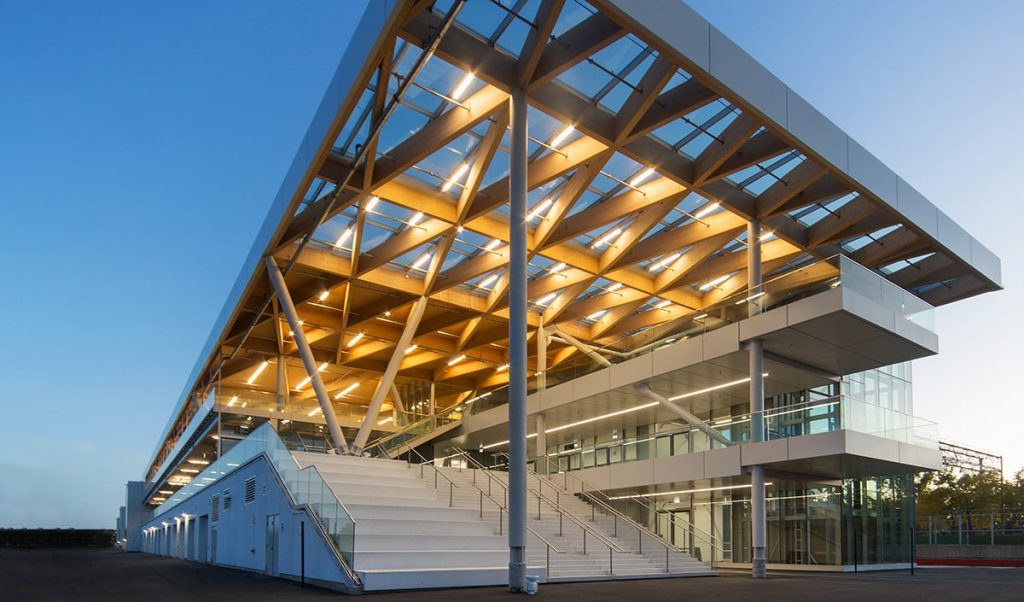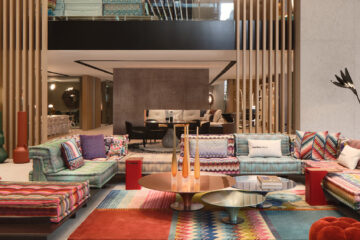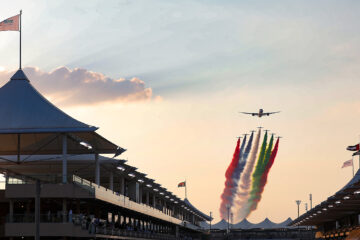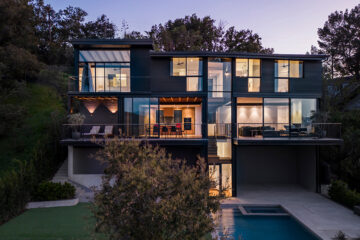Canadian Grand Prix In Montreal
This landmark world sporting event welcomes a new C$50-million permanent building, ensuring its future global status for decades to come.
Since 1978, the Canadian Grand Prix race staged in Montreal has been one of the staples on the global Formula 1 (F1) racing circuit, attracting the world’s best drivers. Michael Schumacher and Lewis Hamilton have each won the race seven times, and the event has recently announced a new infrastructure to be constructed, which will ensure its landmark status for decades to come.
As part of a renewal agreement for the Canadian Grand Prix, the City of Montreal has replaced the existing temporary paddock structure with a C$50-million permanent building to more adequately meet the needs of this world-class sporting event.
Designed by Montreal-based FABG architects, the new paddock includes garages for all the teams, offices for the International Automobile Federation (FIA) and the promoter, a lounge area for 5,000 people and a multimedia centre for journalists and broadcasters.
FABG’s vision was for the new building’s design to echo the innovative structures which captured the world’s attention when Montreal staged the World’s Fair, Expo 67, on Notre Dame Island, setting the benchmark for success for every subsequent World’s Fair. The island is now home to the Circuit Gilles Villeneuve, named after the late Canadian racing legend, who was known as one of the most talented and daring drivers ever to take to the track.
The new paddock was designed as an assembly of prefabricated parts, including the concrete panels, steel beams and columns, wooden beams and panels sourced from Northern Quebec, and removable partitions using recycled materials.
The wooden structure created for the roof is especially notable to the paddock’s overall design. It reflects the desire to move away from the images and values usually associated with the high glamour and glitz of world-class motor racing and, specifically, Formula 1, which attracts some of the fastest crowds in the world, on and off the track. The return to a simpler and more natural design and materials incorporated moves away from over-the-top global luxury in order to highlight the cultural and geographical specificity and diversity of each stage of the F1 circuit and adapt it to emerging global values.
Founded in 1954, and formerly known as Blouin and Associates, FABG changed its name in 1988 to reflect the succession of a third generation to the management of the company, renowned as one of the world’s most innovative and respected architectural firms.

















































































